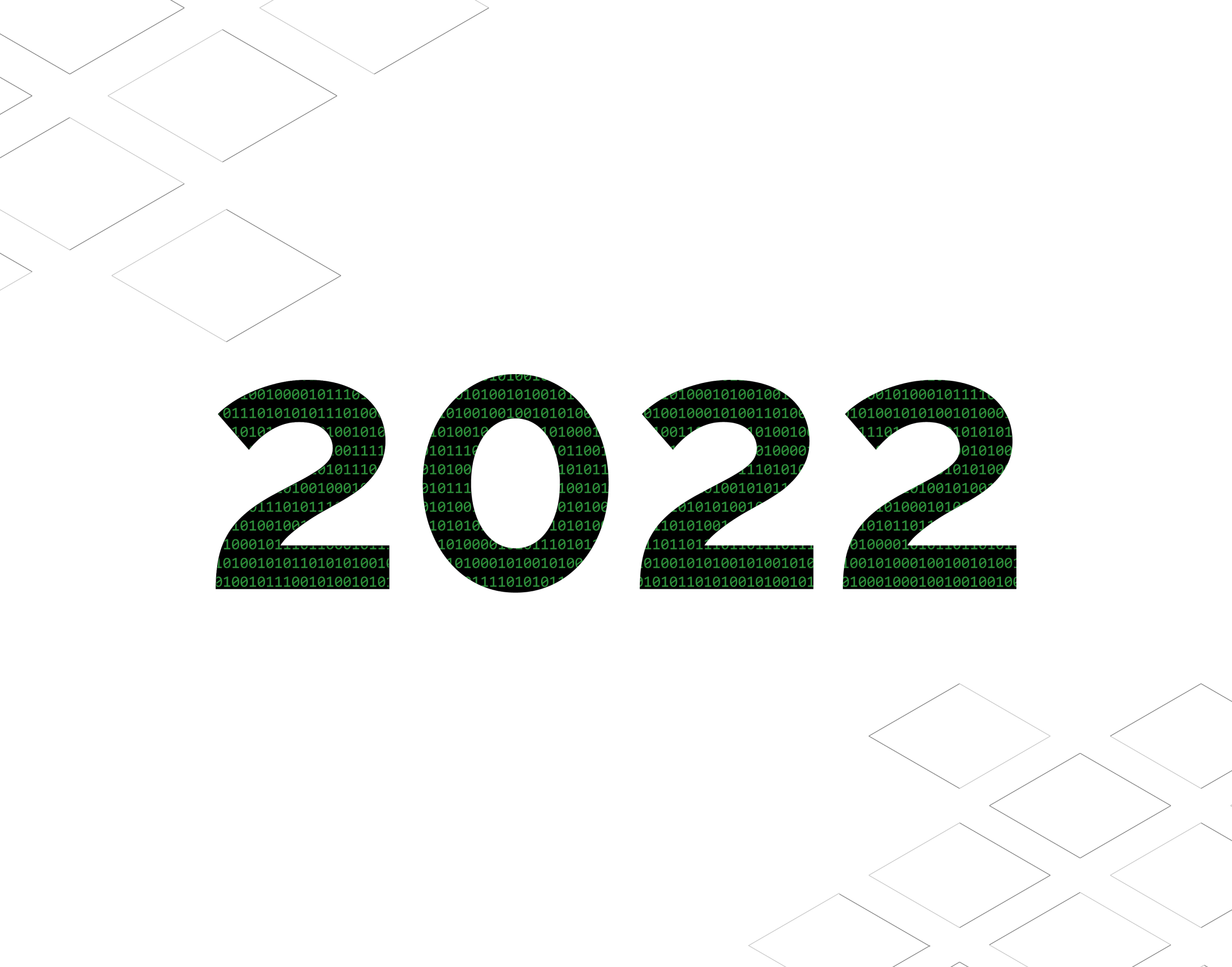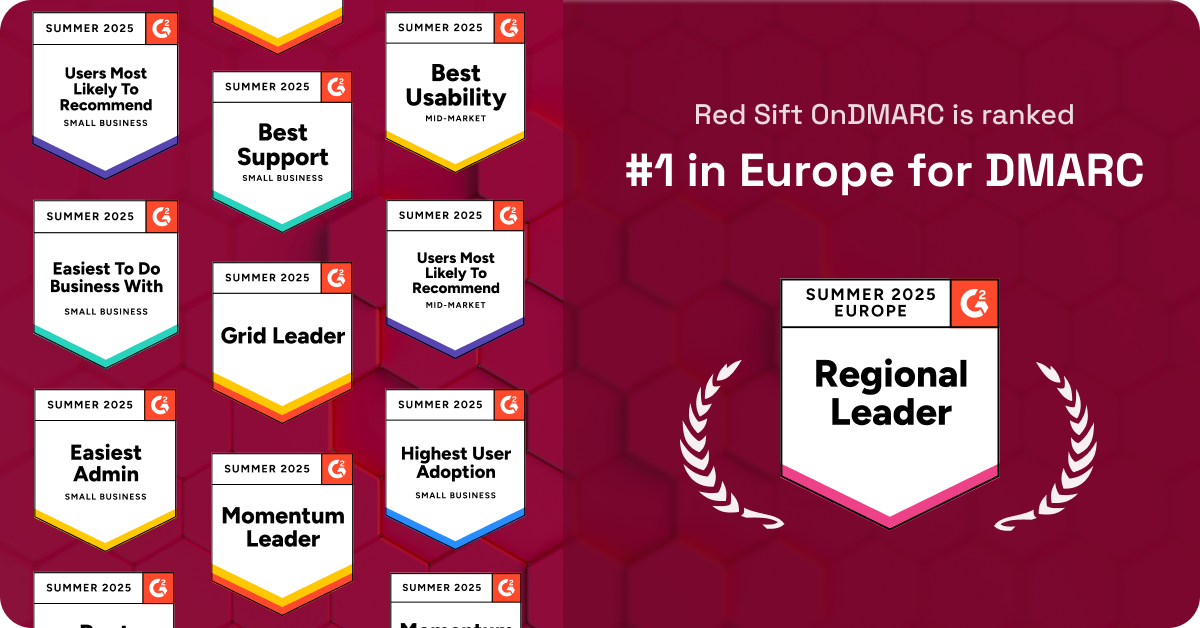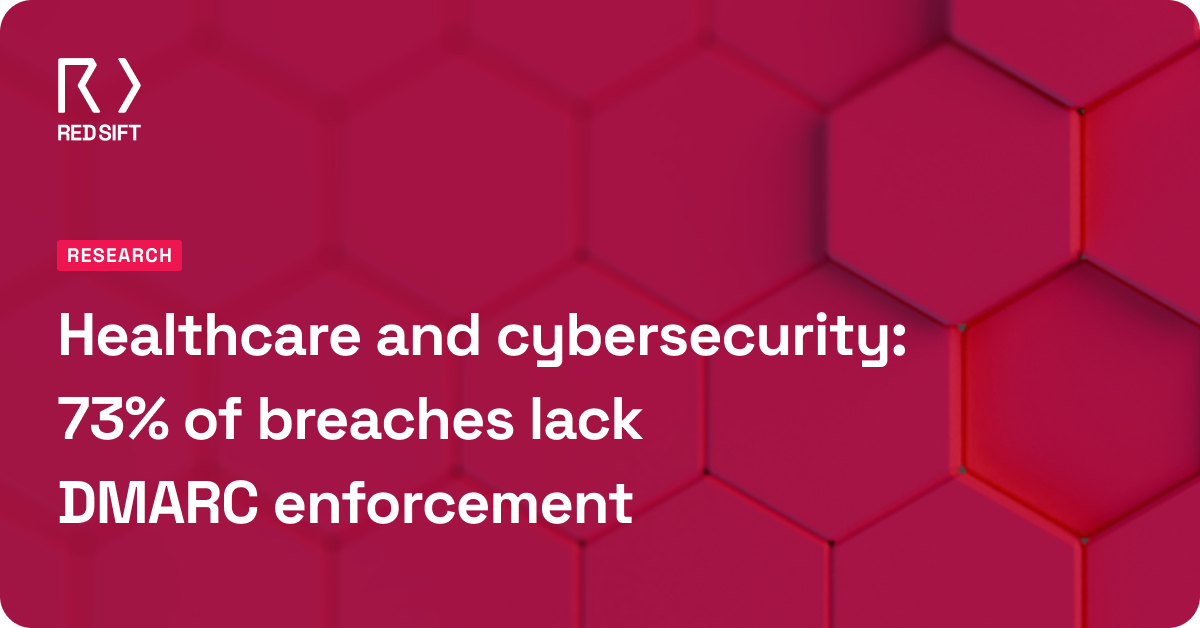Back in December 2017 – which seems like a lifetime ago considering all that’s come since then – Red Sift CTO Randal Pinto and I attempted to make some salient predictions about the lay of the land in 2018. Today, we’re revisiting those to see what we got right, what we didn’t, and how relevant they still are for what’s to come in 2022.
Cryptocurrency
In 2017 we said:
“Cryptocurrency has shot to fame in the past few years. I first started mining Bitcoin back in 2013 with my shiny new Mac Pro. How things have changed. These digital currencies, secured by cryptography, ironically remain at the mercy of criminals – just last week we saw reports of a hack attack in which $64 million in bitcoin had been stolen. As with any new entrant into a global marketplace, guidelines are few and far between, so we will see regulators playing catch up to establish standards in order to safeguard consumers as well as the industry.
However, officials will struggle with implementing these regulations in 2018. Putting a leash on a global, decentralized mechanism will not be a straightforward task and some stakeholders may resist being locked down. We’re likely to see new ICOs suffer due to a lack of ability to comply with new standards. But at the same time, the value of existing cryptocurrency, such as Bitcoin, will continue to rise as consumers take to hoarding and it gains mainstream acceptance as a financial instrument. Short-term volatility though will be eye-watering.
We’ll also witness the fundamental performance issues with the current blockchain design. It is hard to scale. It warms our planet. Next-generation ‘intelligent’ approaches such as Ethereum will also struggle to scale and will continue to be plagued by bugs. It’s hard to build smart contracts that enable new applications without also enabling new vulnerabilities.
Finally, we’ll see broader adoption of blockchain in the enterprise – finance, and insurance companies have already started adopting this digital framework. IBM and Microsoft too have joined the fray, offering Blockchain as a service (BaaS) solutions that will see wider adoption across other industries such as energy, retail, real estate, communications, and the public sector. The killer enterprise applications, however, are still to be found and we won’t get there in 2018.”
2022 view:
The prediction of eye-watering highs and lows seems to have stood the test of time. Bitcoin is still the biggest game in town, but as a speculative investment vehicle, it’s in many ways the least interesting. Likewise, ICOs as an event faded pretty quickly.
I misfired on killer enterprise applications, suggesting it would take a while but I thought we would have a few by 2022. In place of it, we have killer consumer applications from the emergence of NFT and decentralized autonomous organizations built on Ethereum smart contracts to name a few. In retrospect, it’s unsurprising that traditional enterprises with naturally consolidated business models have less to gain from an open and distributed trust model. However, I remain convinced there is a role for this model when multiple businesses in a sector need to collaborate but not explicitly ‘trust’ each other.
Focus on the environmental impact is also very real at the moment. Ethereum is transitioning from Proof of Work to Proof of Stake which will dramatically reduce the energy impact and hardware requirements for the network.
Artificial Intelligence
In 2018 we said:
“When we talk about AI, we’re not talking about the menacing uprising of intelligent machines against humanity – this Hollywood notion has detracted from AI’s state of play right now. From use in malware detection in cybersecurity to enhancing the digital gaming experience, AI is developing at a rapid rate, and we’re due to see more of it in 2018.
One of the key trends we’ll see is that AI will start writing AI. This is the idea of deep neural networks designing and optimizing other deep neural networks and will become mainstream in the arena of machine learning. It will help the industry as people who can make and tune these networks are hard to hire and harder to train.
It will also startle us as the machines will display ‘creativity’ and ‘innovation’ in the way they configure themselves to solve our tasks. We won’t really be any closer to general-purpose AI, but hyperbolic industry commentators will no doubt spin AI writing AI as the start of it.”
2022 view:
Unsurprisingly, we don’t have general AI yet, and it’s not clear we are much closer to it than we were a few years ago. A number of very large networks such as GPT-3 have successfully blurred these lines though, and even if it isn’t sentient, these mega networks do a pretty good job of pretending to be!
The reality of AI though is very mainstream with a model based on the above powering Copilot which writes codes on behalf of the developer. It’s pretty straightforward to get AI to tune AI too in 2022, with platforms like Google Cloud offering it out of the box.
Post-Quantum
In 2018 we said:
“Quantum computing is coming and not a lot of people are paying attention. Fundamental algorithms will be upturned and real hardware and SDKs will quickly turn scientific papers into implemented realities in 2018. Developers will need a totally different set of skills to harness the potential so the full scope will take more than a year to be felt but in the long term, the impact is likely to be as profound as the birth of AI.
At the very least, we know it will threaten encryption and computing security. The concern that many experts share is that this level of computing power will be able to crack or significantly weaken previously ‘unbreakable’ encryption techniques.”
2022 view:
Quantum computing is slowly moving forward. This revolution here is limited by the challenges imposed by physics and it’s likely we are still a few years away from solving meaningful problems. In the intervening years, a number of teams have demonstrated the computational ‘quantum advantage’ in very specific, artificial problems. Perhaps once we get to 1,000 qubits, we can start solving practical problems using this unique form of problem-solving.
Looking ahead
If the last couple of years is anything to go by, then no one really knows what’s around the corner, and prediction season can become dubious. But what we can be sure of is that technology will continue to accelerate at pace to support a post-pandemic world, and businesses need to be adopting the essential protocols to keep their infrastructure secure.
Find out more about Red Sift people, products, and platform at redsift.com.







